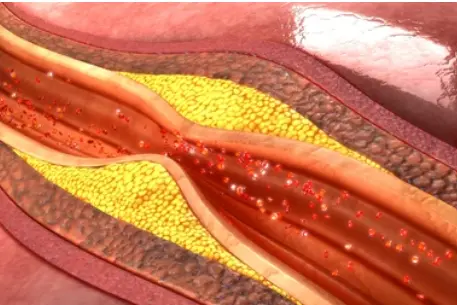 Welcome
Welcome
“May all be happy, may all be healed, may all be at peace and may no one ever suffer."
- A
- B
- C
- D
- E
- F
- G
- H
- I
- J
- K
- L
- M
- N
- O
- P
- Q
- R
- S
- T
- U
- V
- W
- X
- Y
- Z
Tuberculous meningitis - Generics
Tuberculous meningitis is a serious form of tuberculosis that affects the membranes that cover the brain and spinal cord. It is caused by the bacteria Mycobacterium tuberculosis, which spreads through the bloodstream to the brain and spinal cord. In this article, we will explore the causes, symptoms, diagnosis, treatment, and prevention of tuberculous meningitis.
Causes of Tuberculous Meningitis
Tuberculous meningitis is caused by the same bacteria that cause tuberculosis. It is spread through the air when an infected person coughs or sneezes. The bacteria can also spread through the bloodstream from other parts of the body affected by tuberculosis, such as the lungs.
People who are at higher risk of developing tuberculous meningitis include:
- People who live in areas with a high incidence of tuberculosis
- People who have weakened immune systems, such as those with HIV/AIDS or who are taking immunosuppressive medications
- Infants and young children
Symptoms of Tuberculous Meningitis
The symptoms of tuberculous meningitis can vary depending on the severity of the infection. They may include:
- Fever
- Headache
- Nausea and vomiting
- Stiff neck
- Confusion or altered mental state
- Seizures
- Sensitivity to light
- Loss of appetite
- Fatigue
Because these symptoms can also be caused by other conditions, such as viral meningitis or encephalitis, it is important to see a doctor for a proper diagnosis if you experience any of them.
Diagnosis of Tuberculous Meningitis
Diagnosis of tuberculous meningitis typically involves a combination of tests, including:
- Blood tests to check for the presence of antibodies to tuberculosis
- Imaging tests, such as a CT scan or MRI, to look for signs of inflammation or swelling in the brain and spinal cord
- A lumbar puncture, also known as a spinal tap, to collect a sample of cerebrospinal fluid (CSF) for testing. The CSF is checked for the presence of the bacteria that cause tuberculosis, as well as for signs of inflammation.
Treatment of Tuberculous Meningitis
Treatment for tuberculous meningitis typically involves a combination of antibiotics that are taken for several months. The specific antibiotics used will depend on the severity of the infection and the results of any tests performed.
In addition to antibiotics, other treatments may be necessary to manage the symptoms of tuberculous meningitis, such as medications to control seizures or reduce inflammation in the brain.
Prevention of Tuberculous Meningitis
The best way to prevent tuberculous meningitis is to prevent tuberculosis infection. This can be done by:
- Getting vaccinated with the Bacillus Calmette-Guérin (BCG) vaccine, which can protect against severe forms of tuberculosis
- Avoiding close contact with people who have tuberculosis
- Practicing good hygiene, such as washing your hands frequently and covering your mouth and nose when coughing or sneezing
For people who are at higher risk of tuberculosis infection, such as healthcare workers or people living in areas with a high incidence of tuberculosis, there are also medications available that can help prevent infection.
Conclusion
Tuberculous meningitis is a serious condition that can cause significant damage to the brain and spinal cord if left untreated. With early diagnosis and proper treatment, it is possible to cure the infection and prevent further complications. By taking steps to prevent tuberculosis infection, such as getting vaccinated and practicing good hygiene, you can reduce your risk of developing tuberculous meningitis and protect your overall health.

Fluid replacement

Renal cancers

Neural tube defect

Pulmonary arterial hypert...

Pharyngitis and Tonsillit...

Skin and wound infections

Wound infection

Cutaneous albinism
Tuberculous meningitis, যক্ষ্মা মেনিনজাইটিস
To be happy, beautiful, healthy, wealthy, hale and long-lived stay with DM3S.